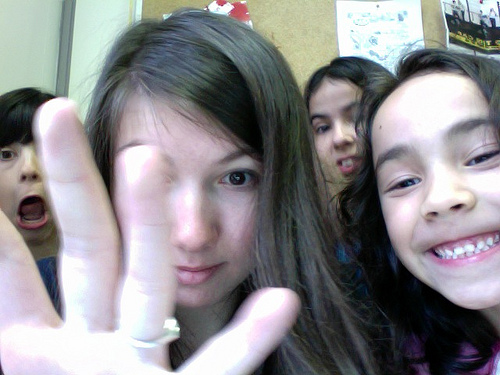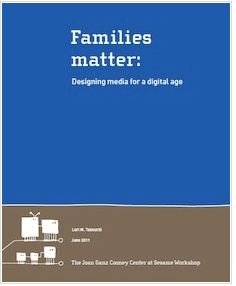The following are excerpts from from “Kids Closer Up: Playing, Learning, and Growing with Digital Media” by Lori Takeuchi, International Journal of Learning and Media, Spring 2011, Vol. 3, No. 2, Pages 37-59. To protect the children’s identities, all names are pseudonyms, and location details have been altered. Read the first post in the series: A Look Inside the Digital Lives of Tweens.
According to some scholars, digital media provide young people with the tools, spaces, and communities to develop the knowledge, skills, dispositions, and social practices needed for full participation in contemporary society as consumers, producers, and civic actors. Surely all children can learn something through their use of digital media. But some of these lessons hold greater value to their present and future lives than others.
Researcher Jackie Marsh argues that virtual worlds like Club Penguin and Webkinz can “offer young children a wide range of opportunities to decode, respond to and create multimodal texts in a playful space, significant activities in a new media age.” She postulates that reading Club Penguin’s newspaper, for example, can help foster children’s reading comprehension skills and that its chat feature provides a fun context for children to practice writing and use text to negotiate, collaborate, and evaluate. If and when more work, play, and learning activities are embedded in virtual worlds, as many predict they will be, current young members of Club Penguin and Webkinz will be prepared to navigate these spaces and communicate as members of online communities. However, whether they actually become better readers and writers—or just fall victim to the commercialized practices that operate across online and offline worlds has yet to be seen.5
From a developmental perspective, the fact that Katie is not a budding moviemaker is perhaps understandable, as is the fact that Victoria is not designing outfits on Photoshop and then uploading her creations to share with other young fashion designers online. They are just eight. Is it even realistic to expect girls of this age to participate in the artistic expression and civic engagement activities that proponents of digital media say these tools support? Do developmental reasons argue against postponing these expectations until adolescence, when the user interface of sophisticated programs like Photoshop and iMovie will make more sense, when parents are more willing to allow their children to participate in online communities, and when youth have developed better judgment about content, audience, and online safety? What about encouraging 8-year-olds to play outside with friends, siblings, and pets to develop physical coordination with real objects, rather than with virtual ones inside?
Creative expression and civic engagement using digital media may be eventual goals, but, as the two cases illustrate, technology holds a different set of opportunities for young children than it does for teenagers. In Katie’s and Victoria’s cases, I did not observe cell phones, video games, mobile devices, and online virtual worlds providing the vehicles and spaces for them to meaningfully communicate, coordinate, and negotiate with peers and relatives—at least not in the same ways these platforms are being appropriated by teenagers.
What I did witness, however, is how digital media are giving Katie and Victoria opportunities to develop identities as autonomous learners and technologically capable individuals and to try on various versions of their future selves, as fashion designers, aestheticians, and PDA-toting career women. I also got a glimpse of how Victoria uses digital tools at home to practice skills that may later serve her academically, such as reading onscreen instructions and newspapers, searching for information on the Internet, and word processing.



